Overview
With the continuous development of global industrial and engineering machinery technology, Industrial Travel Drive plays a vital role in improving equipment performance and efficiency. It is not only the core component of equipment movement and transmission, but also directly affects the reliability and stability of mechanical equipment. In recent years, with the continuous development of hydraulic technology, electrification technology and intelligent applications, the role of Industrial Travel Drive in the field of engineering machinery has become increasingly important.
1. The core role of Industrial Travel Drive
Provide precise power transmission
The core function of Industrial Travel Drive is to transmit power from the engine or power system to the drive wheel or track of the equipment to ensure that the equipment can travel stably and smoothly. Especially in large-scale engineering machinery (such as cranes, excavators, bulldozers, etc.), precise power transmission is the basis for ensuring work efficiency and stable operation.
Improve the work efficiency of equipment
Through efficient power conversion and transmission, Travel Drive can significantly improve the overall work efficiency of engineering machinery. In the scenario of multi-task operation, the industrial travel drive system can optimize the drive force output according to different loads and operating requirements, thereby reducing energy loss and improving the utilization of fuel or electricity.
Enhanced maneuverability and flexibility
Flexibility is key for construction machinery, especially when operating in complex terrain and narrow environments. Industrial Travel Drive provides variable speed and high-precision control, enabling machinery to perform delicate operations in harsh environments, such as on slopes, muddy ground or uneven construction sites, enhancing the safety and stability of control.
Load adaptability
High load adaptability is another key advantage of Industrial Travel Drive in heavy construction machinery. Especially in lifting equipment or deep foundation pit operations, it can withstand overload operation, ensure the stability and safety of equipment under high-intensity working conditions, and reduce system wear and failure.
2. Technological innovation and trends of Industrial Travel Drive
Innovation in hydraulic drive technology
Hydraulic systems have long dominated construction machinery, especially in Industrial Travel Drive, where hydraulic technology can provide powerful driving power. In recent years, the high efficiency and energy saving of hydraulic drive systems have become the focus of research and development. The energy efficiency of industrial travel drive systems has been significantly improved by using more efficient hydraulic pumps, valves and hydraulic motors.
For example, INI Hydraulic Co., Ltd.'s self-developed hydraulic motor and travel drive system achieves lower energy consumption and longer service life by optimizing the internal structure and hydraulic circuit design, meeting the market's demand for efficient, energy-saving and durable equipment.
The rise of electric drive technology
As global environmental protection requirements continue to increase, electric drive technology is becoming more and more common in industrial travel drive systems. In particular, the use of electric crawler or wheeled machinery can not only reduce environmental pollution, but also improve the response speed and accuracy of the system.
The advantages of electric drive systems include:
Zero emissions: Fully electric mechanical equipment does not produce exhaust gas, which complies with modern environmental regulations.
High efficiency: The energy efficiency of electric systems is higher than that of traditional fuel drive systems, reducing energy waste.
Low noise: Electric equipment has low operating noise and is suitable for urban construction and sensitive environments.
Application of intelligent and automated technologies
With the continuous development of artificial intelligence and big data, intelligent technology has gradually penetrated into the field of construction machinery. Industrial Travel Drive has also begun to integrate intelligent sensors, automatic control systems and predictive maintenance technologies to improve the automation level of equipment.
For example, based on the Internet of Things (IoT) technology, construction machinery can monitor the operating status of the Travel Drive in real time and predict potential failures through data analysis, so as to carry out maintenance in advance and reduce downtime and maintenance costs.
Integrated design trend
In the future, Industrial Travel Drive will pay more attention to the integrated design with other mechanical components. For example, the travel drive system, hydraulic system and electronic control system are integrated in a compact module to reduce system complexity, improve reliability, and reduce production and maintenance costs.
3. Application examples
Excavator
In excavators, the role of Industrial Travel Drive is particularly important. It can provide the excavator with strong traction and efficient walking ability, enabling the equipment to travel smoothly in complex environments such as steep slopes and muddy ground. At the same time, with the continuous optimization of the hydraulic system, the travel drive efficiency and operating accuracy of the excavator have been significantly improved.
Crane
The travel system of the crane usually needs to remain efficient and stable under heavy load conditions. The Industrial Travel Drive provides the crane with stable power output to ensure the smooth progress of the lifting operation. In addition, new technological trends enable modern crane travel drive systems to better adapt to high-load, high-frequency working environments, improving the working cycle and safety of equipment.
4. Future Outlook
With the continuous advancement of technology, industrial travel drive systems will further develop in the direction of intelligence, energy saving and efficiency. In the future, we can expect:
New energy drive: More mechanical equipment will adopt new energy drive technologies such as hydrogen energy and batteries.
Highly intelligent: Through technologies such as artificial intelligence, big data, and 5G, travel drive systems will achieve self-regulation, remote diagnosis and optimization control.
Environmental protection and sustainability: Future industrial travel drive systems will pay more attention to environmental performance, including reducing carbon emissions and using recyclable materials.

 ENG
ENG
 English
English русский
русский Español
Español

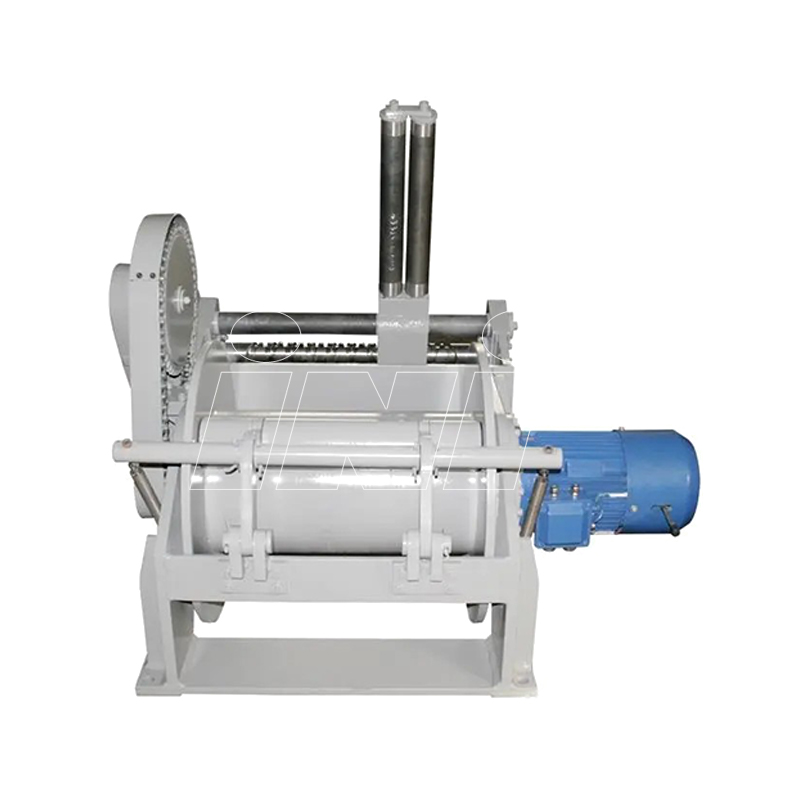
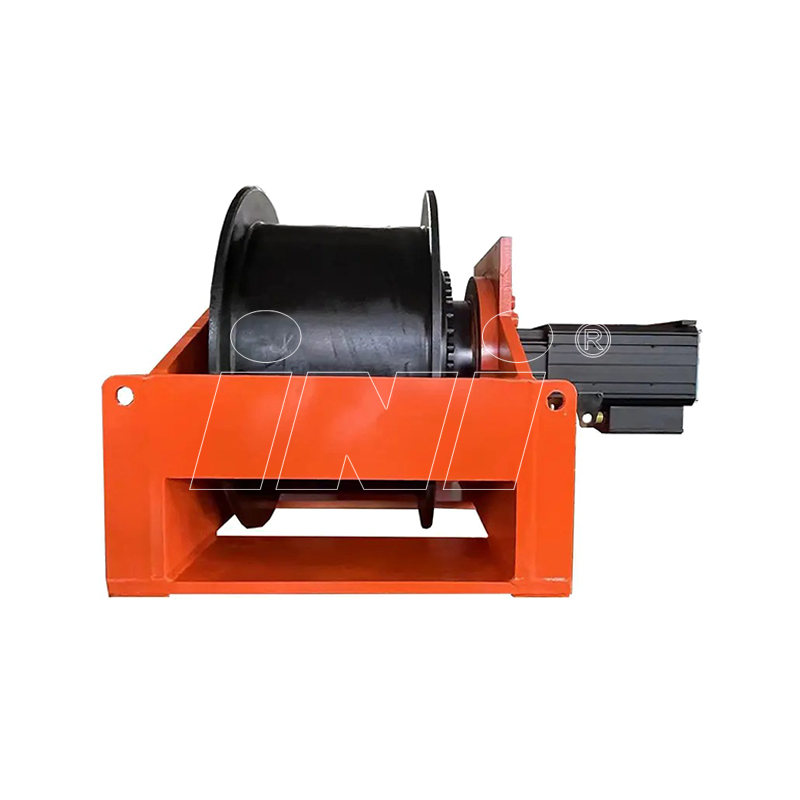

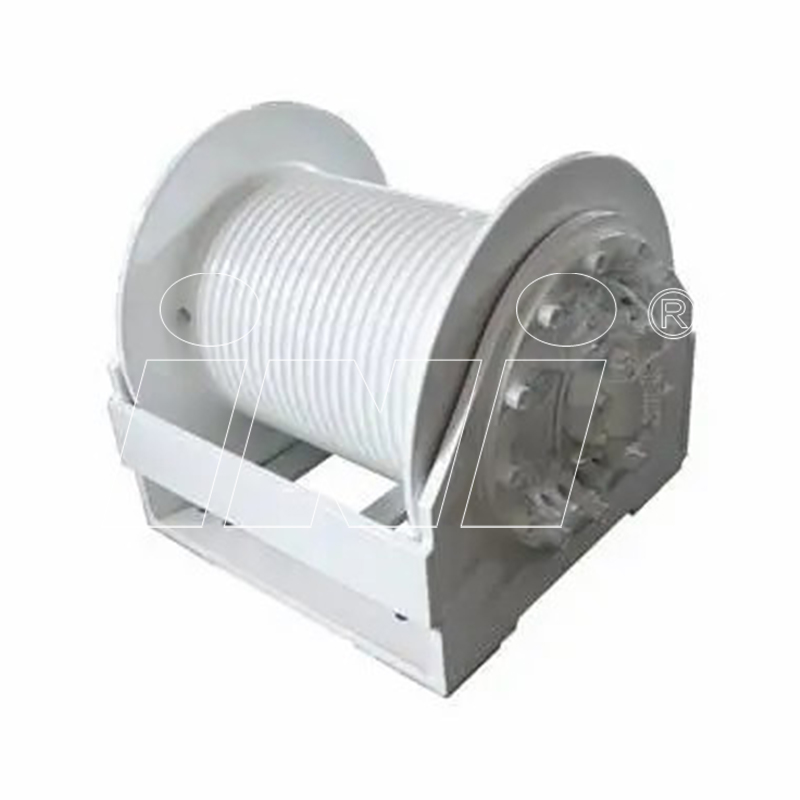
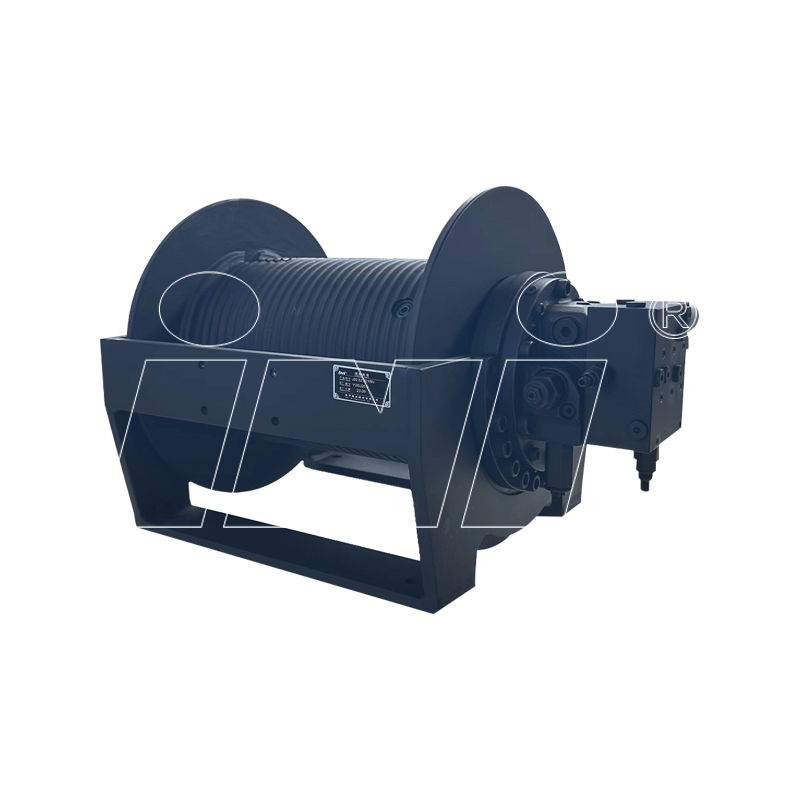
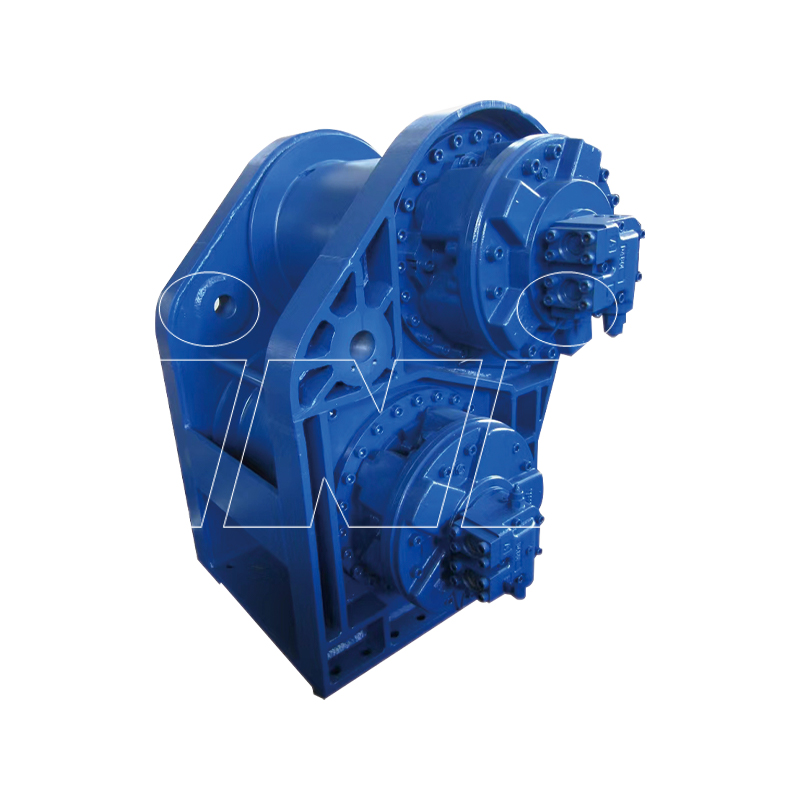

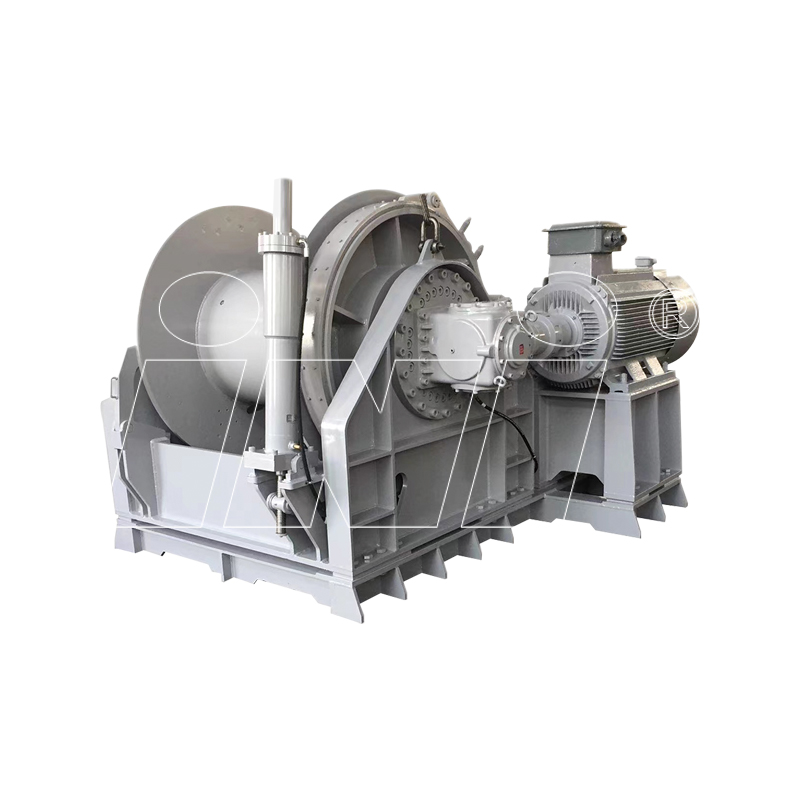

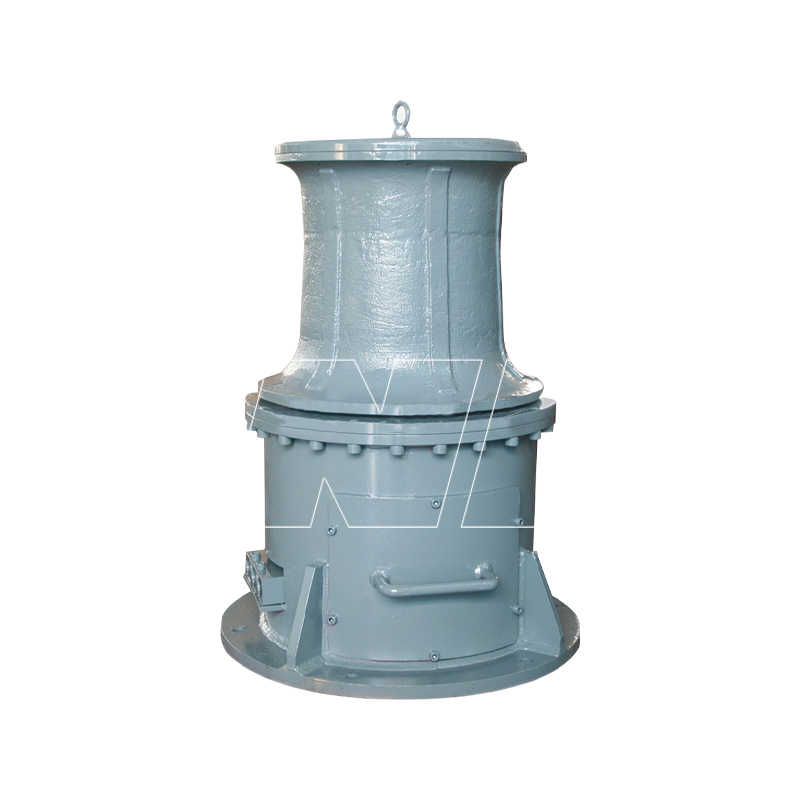

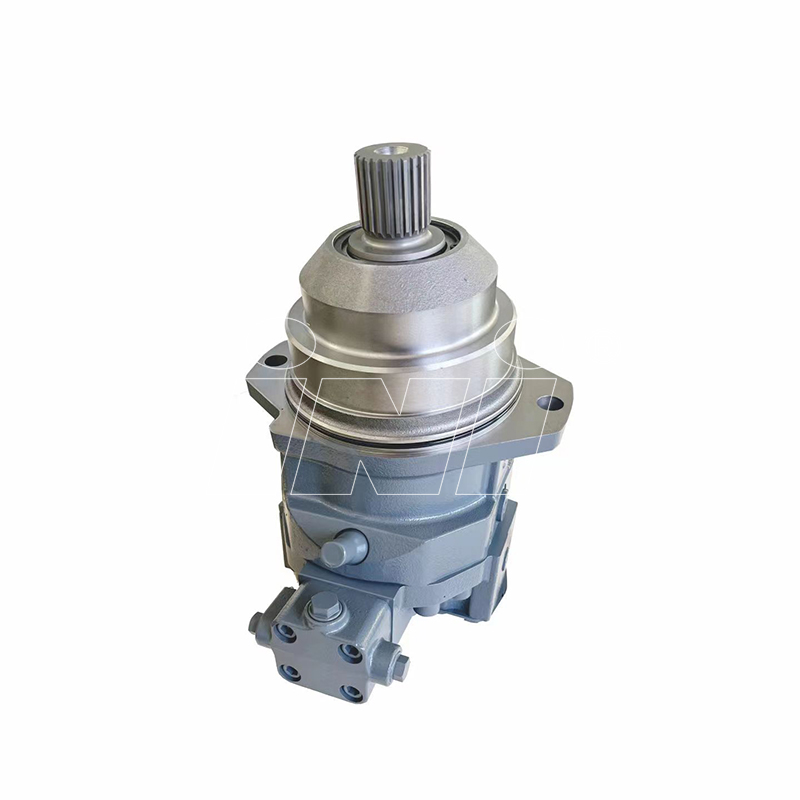

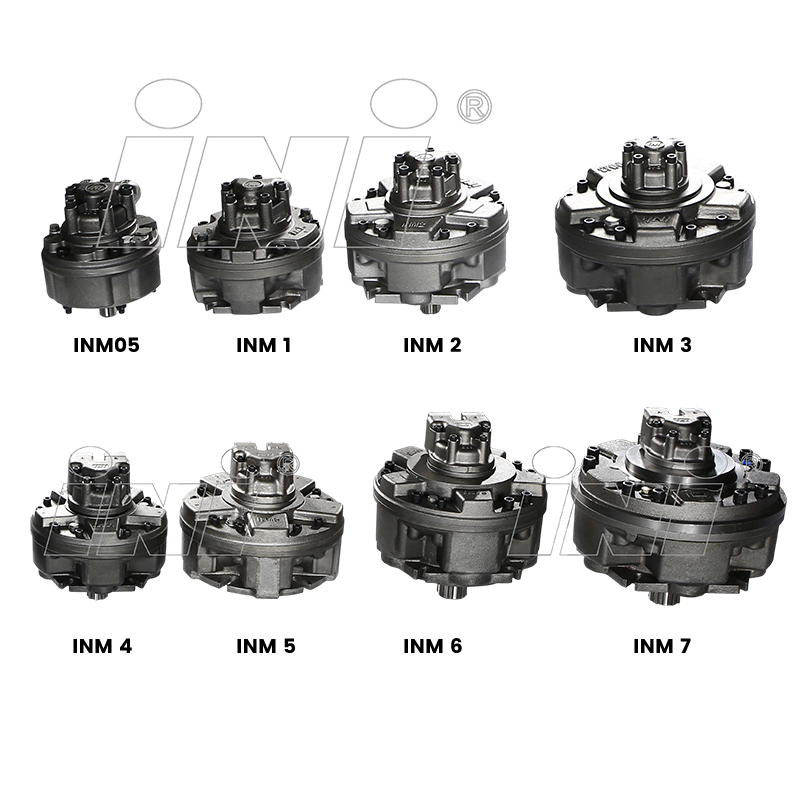

 English
English русский
русский Español
Español
 TOP
TOP